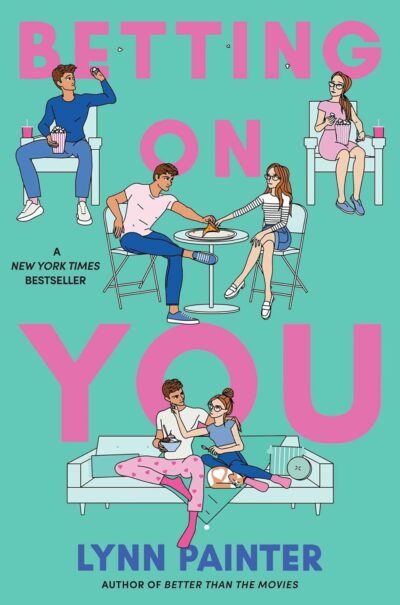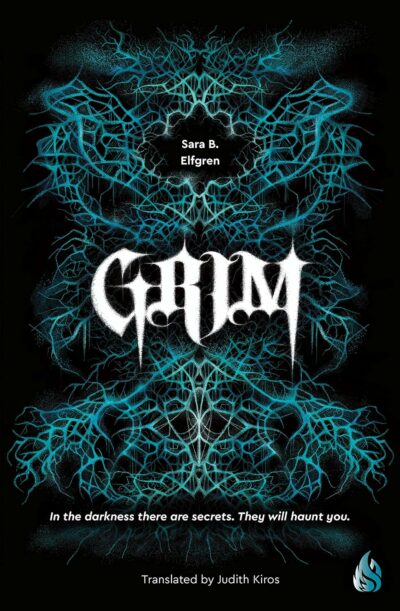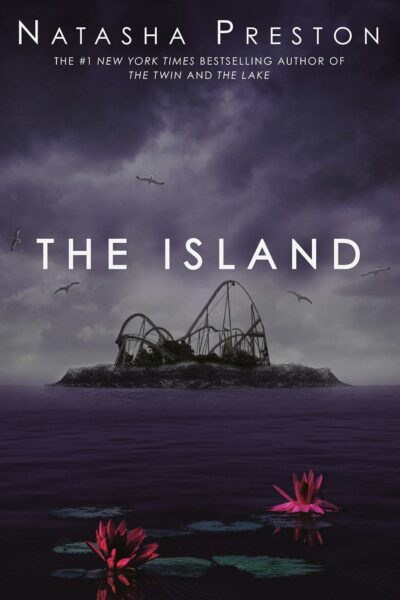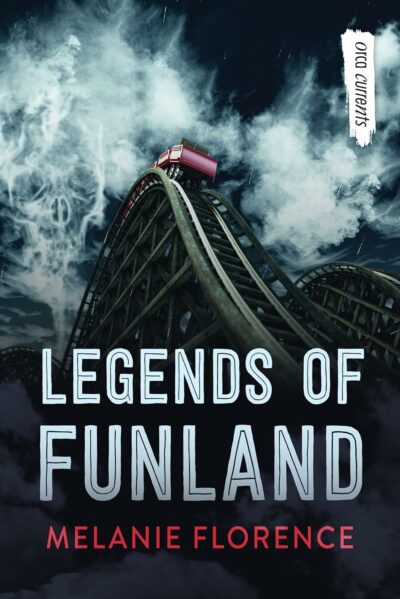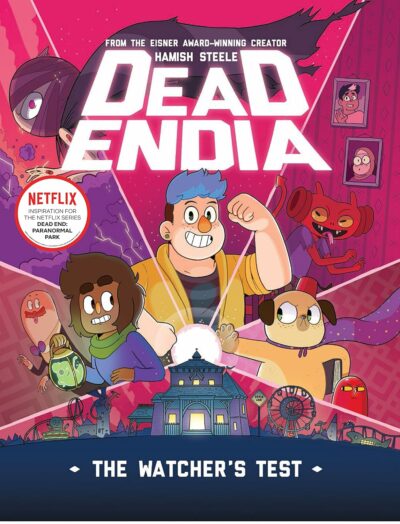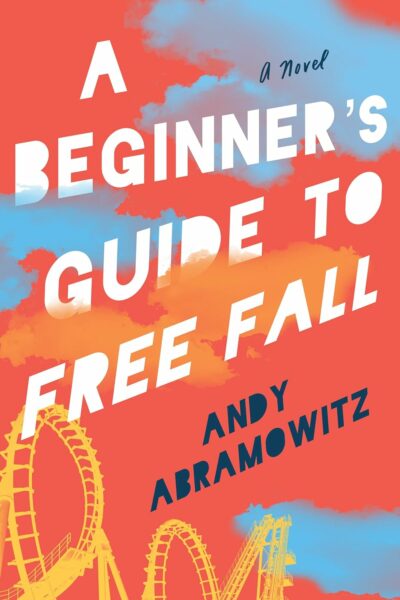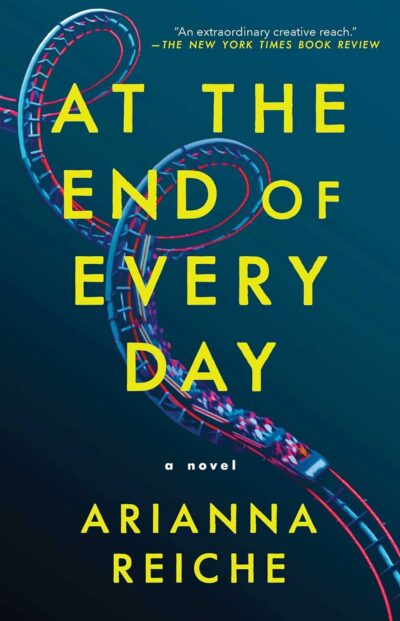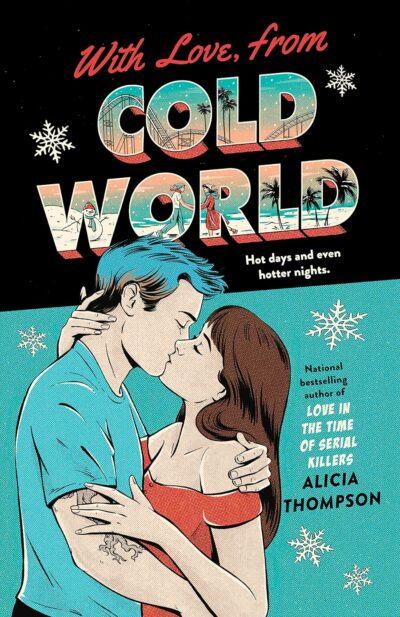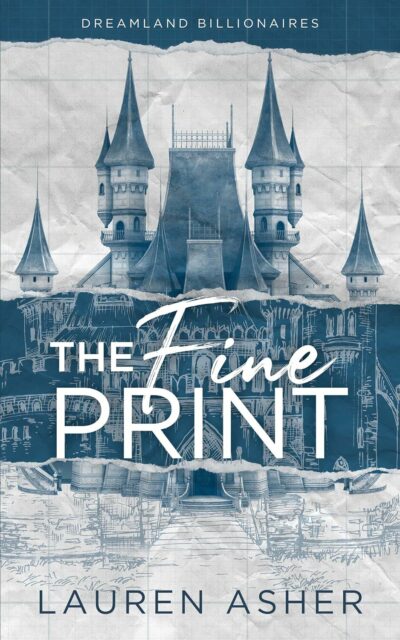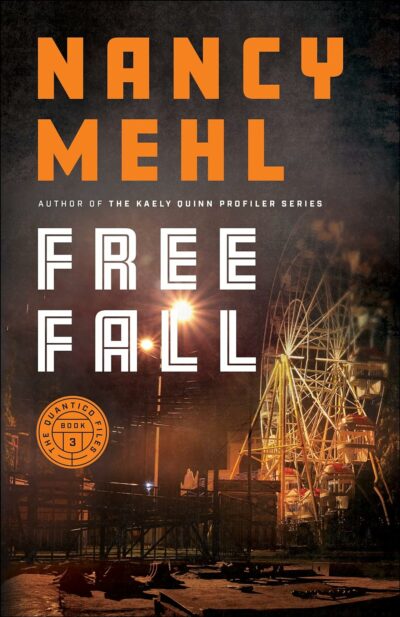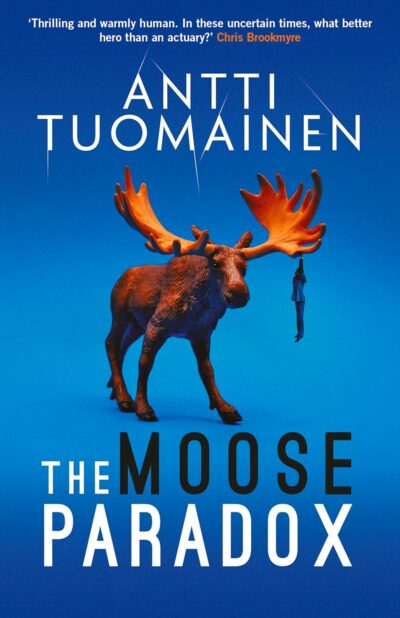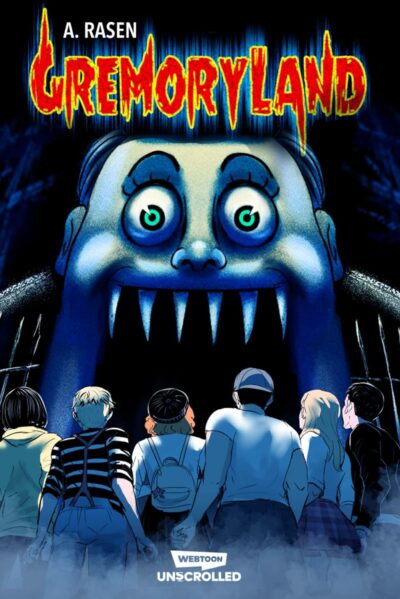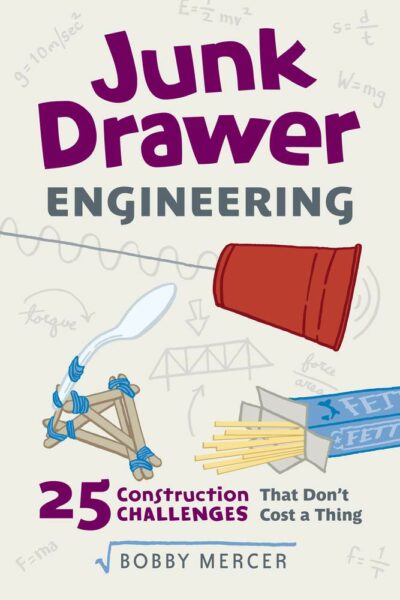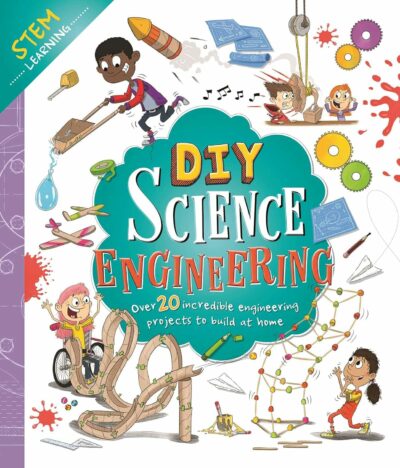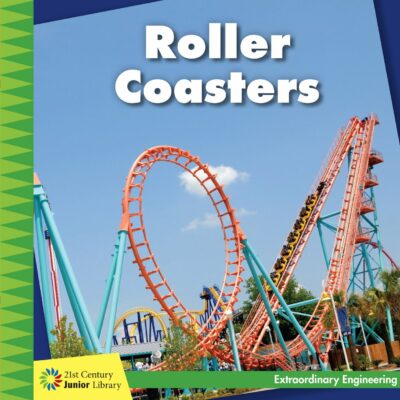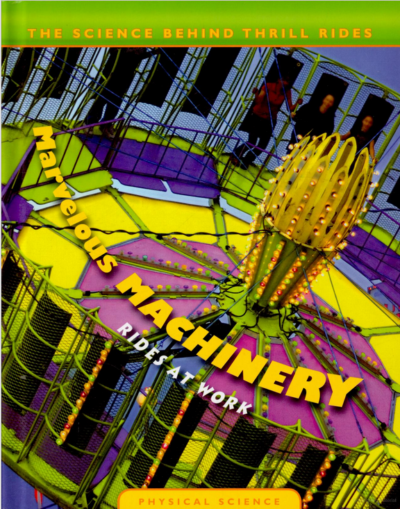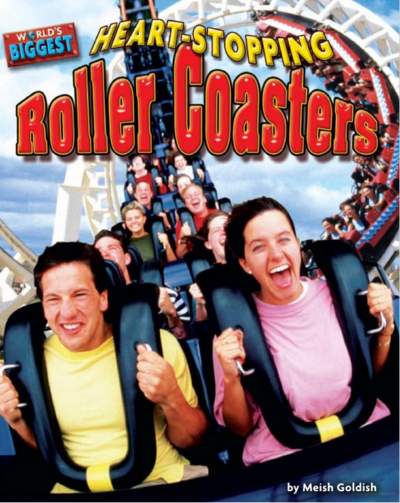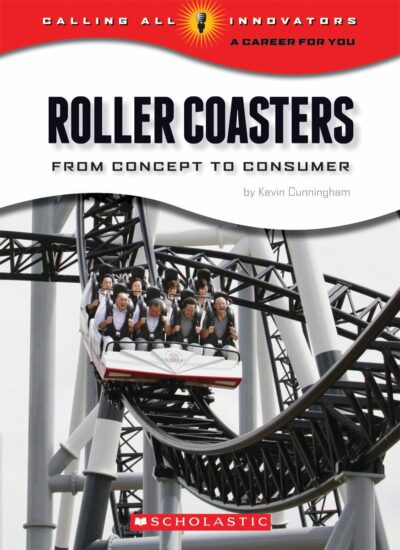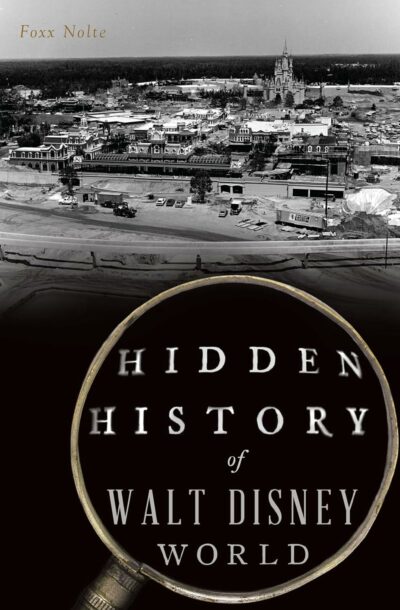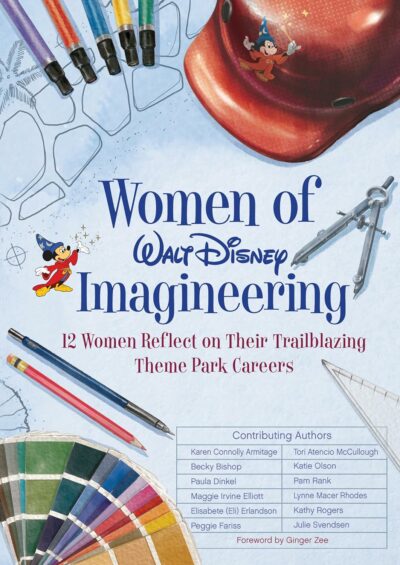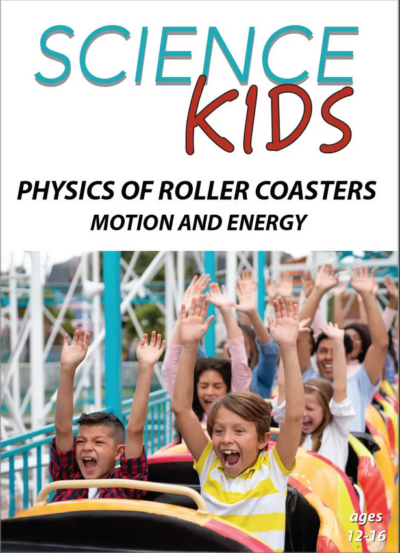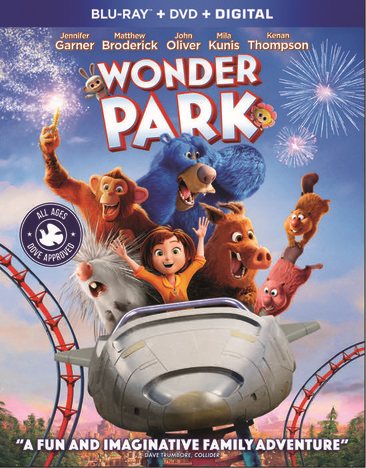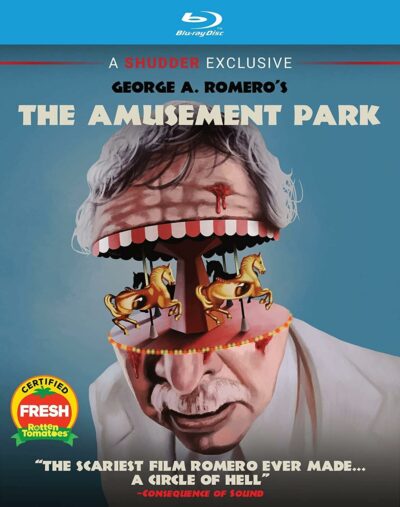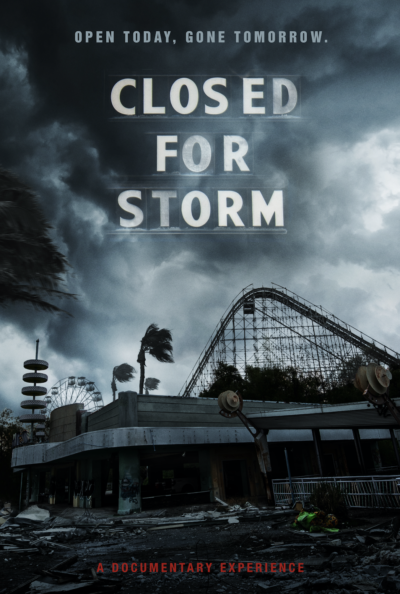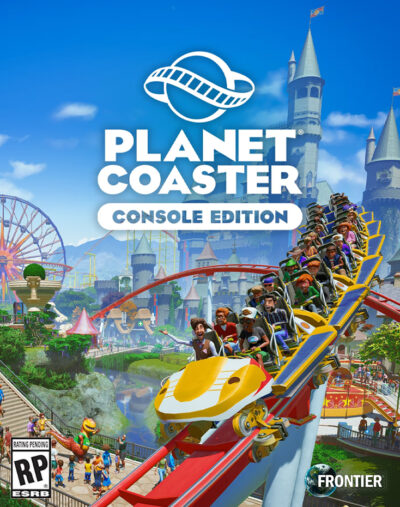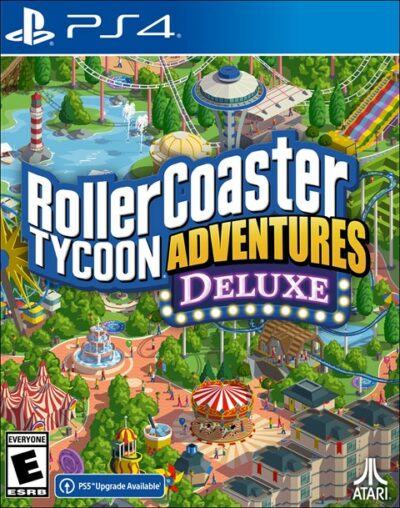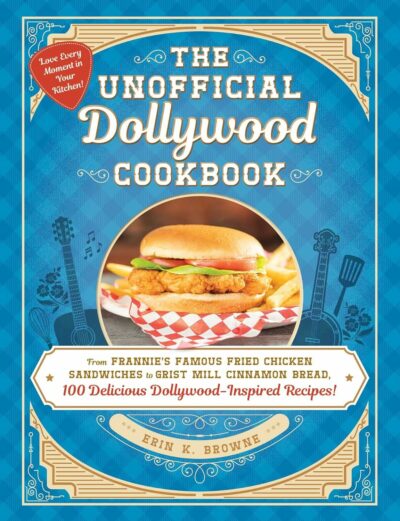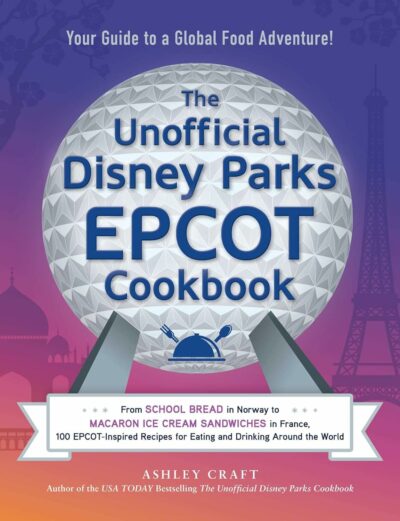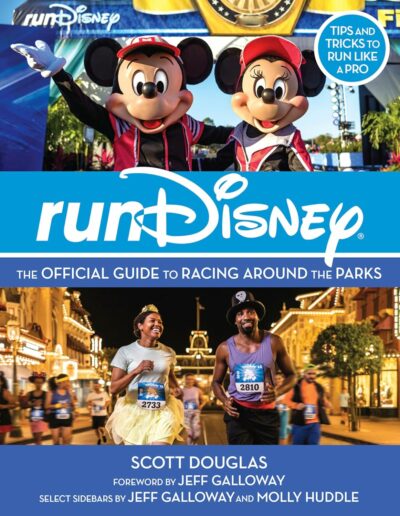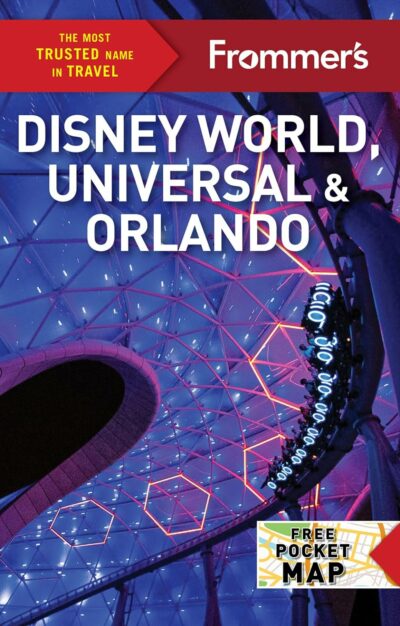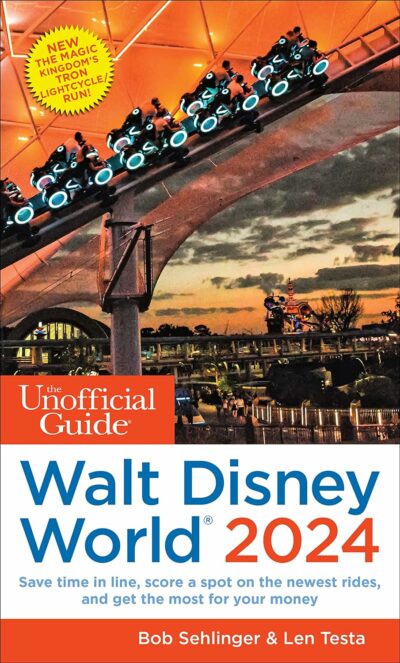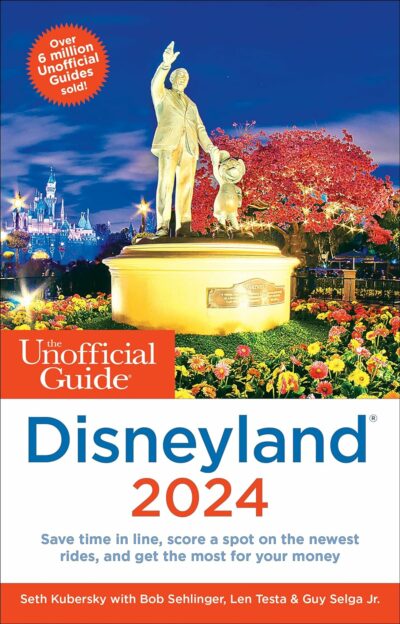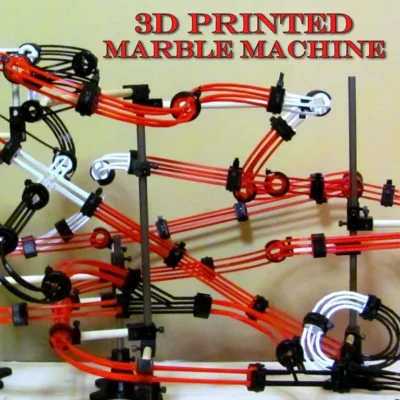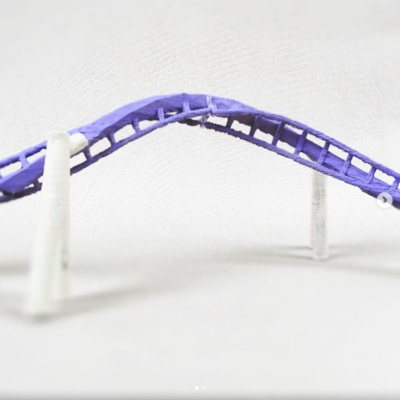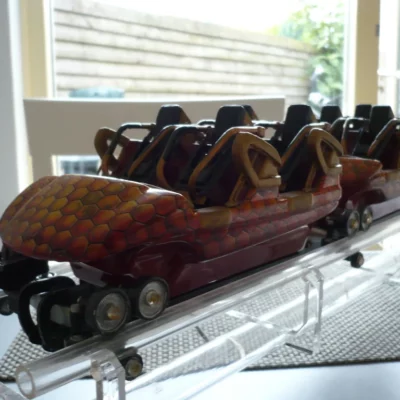Nothing beats that feeling you get when cresting over a roller coaster hill, flying through the coaster’s layout. Roller coasters offer a safe way to get a fun thrill ride. The way we build and design coasters is ever-evolving and incredibly fascinating. Designing a safe and exciting coaster is not as easy or cheap as Roller Coaster Tycoon makes it seem. Coasters are engineering marvels, and modern coasters are designed with complex computer programming that allows engineers to push the boundaries of physics and engineering.
What makes a roller coaster fun?
There are countless things about coasters that make them enjoyable, and not everyone enjoys them the same way or the same things about them. While each ride offers a unique experience, there are some aspects that most rides share in common.
Height: For many, this is the scariest and/or most fun part of the coaster. Many rides have a lift hill that pulls you up to the peak of the ride, and that first drop, or even the view from the top, can be the best part.
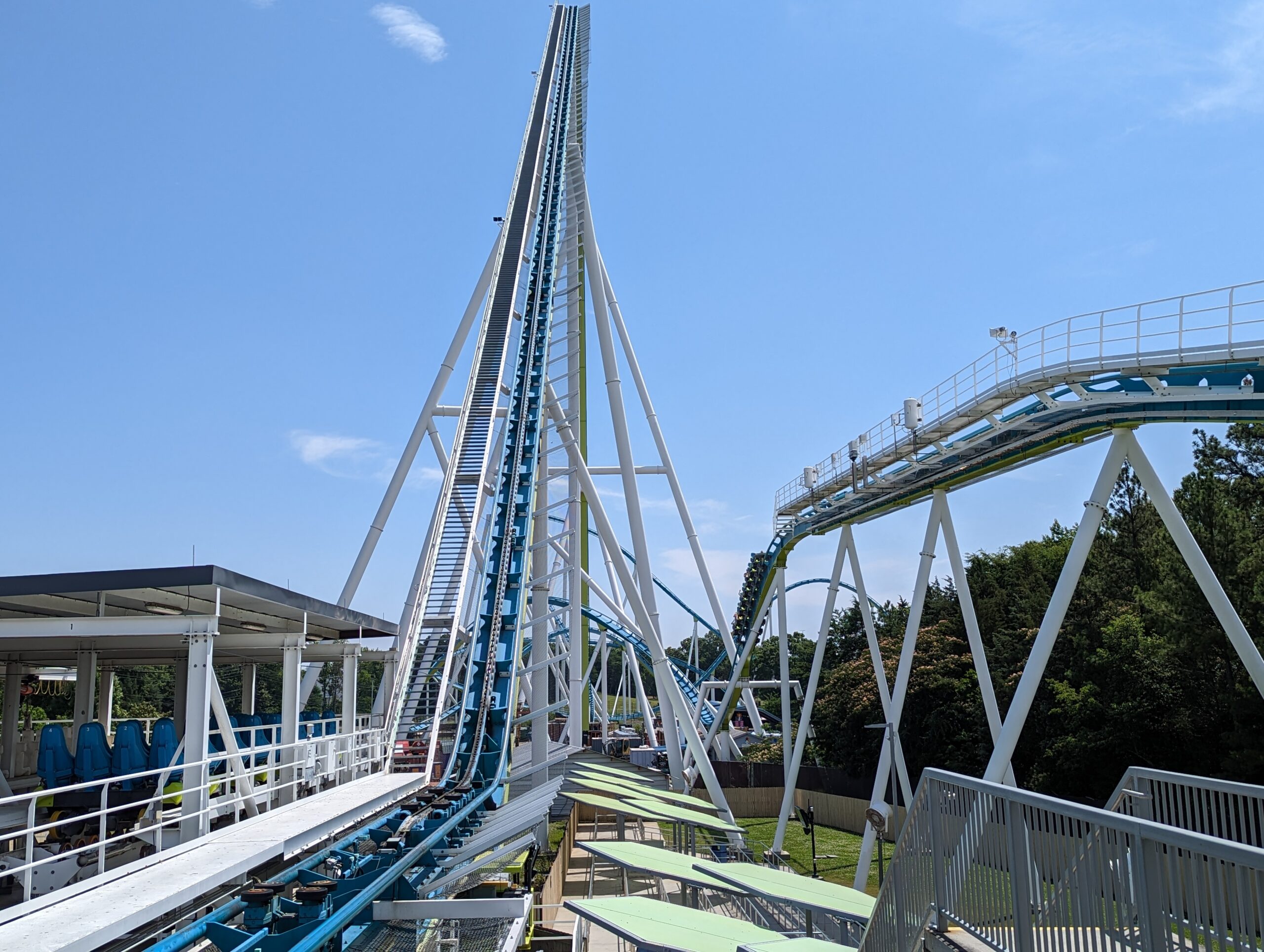
Fury 325 at Carowinds features the tallest drop from a lift hill.
Speed: Coasters can be incredibly fast, and the wind rushing past your face just makes them seem even faster. 70 mph on the highway feels way different from 70 mph whipping around a coaster track with half your body exposed. Some rides get you going fast and keep you going fast, so you can enjoy the sense of speed as you traverse the track.
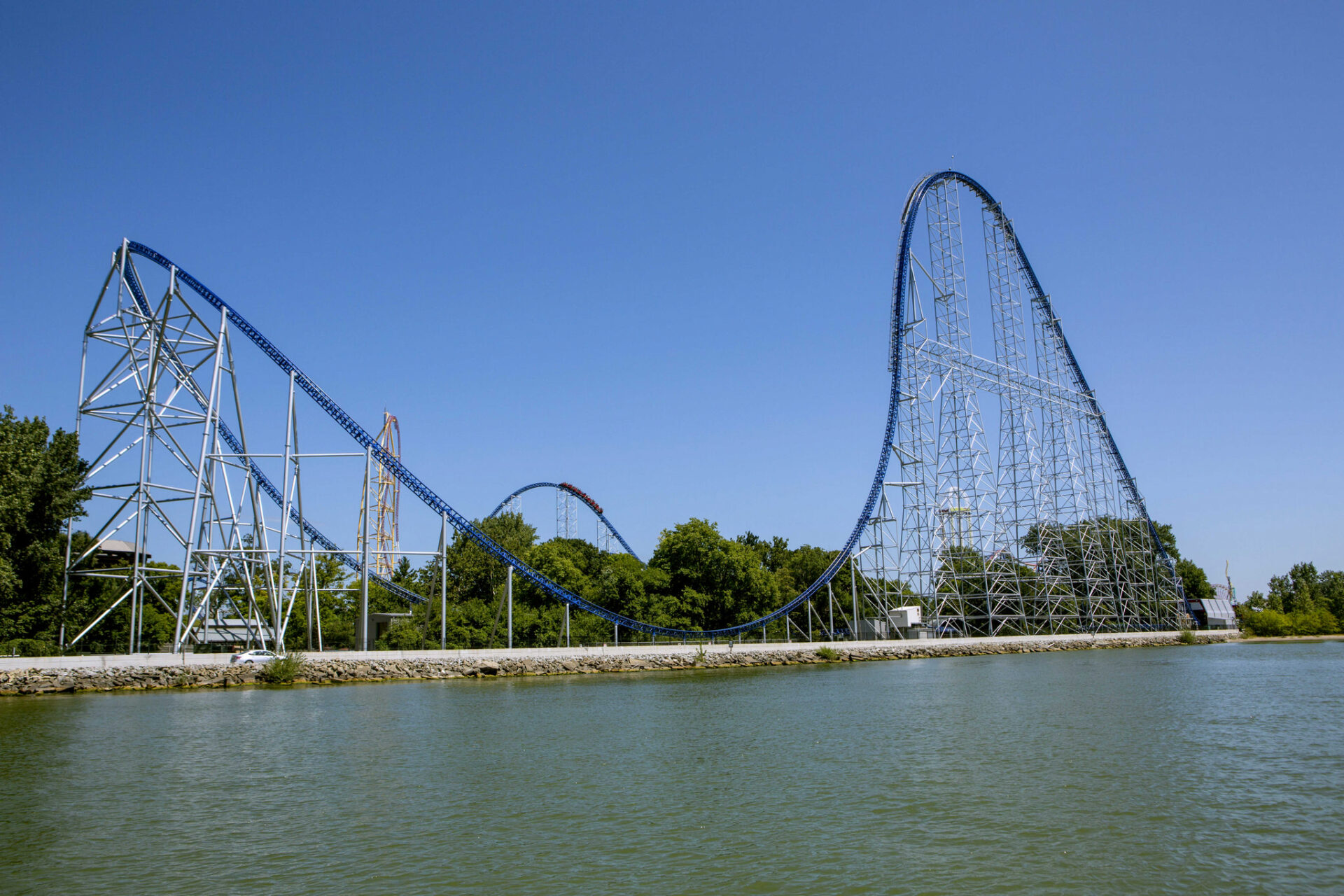
Millennium Force at Cedar Point, with its towering 300-ft drop, features a layout that maintains most of its speed throughout. At the top, it offers a stunning view of the peninsula.
Forces: As the train follows the track, your body wants to keep its momentum in the direction you are going. That means when the track changes direction quickly, you are going to feel it. The typical forces you will experience on a roller coaster are positive Gs, weightlessness, lateral Gs and acceleration.
Positive Gs: One g is the force of gravity pulling down on you while sitting still. When a coaster pulls out of a steep hill or whips through a quick helix, your body will experience plenty of positive Gs. These are the forces that make you feel extra heavy and pulled into your seat. Careful, if you aren’t prepared for the Gs and/or get dehydrated, these forces may cause you to gray or even black out momentarily.
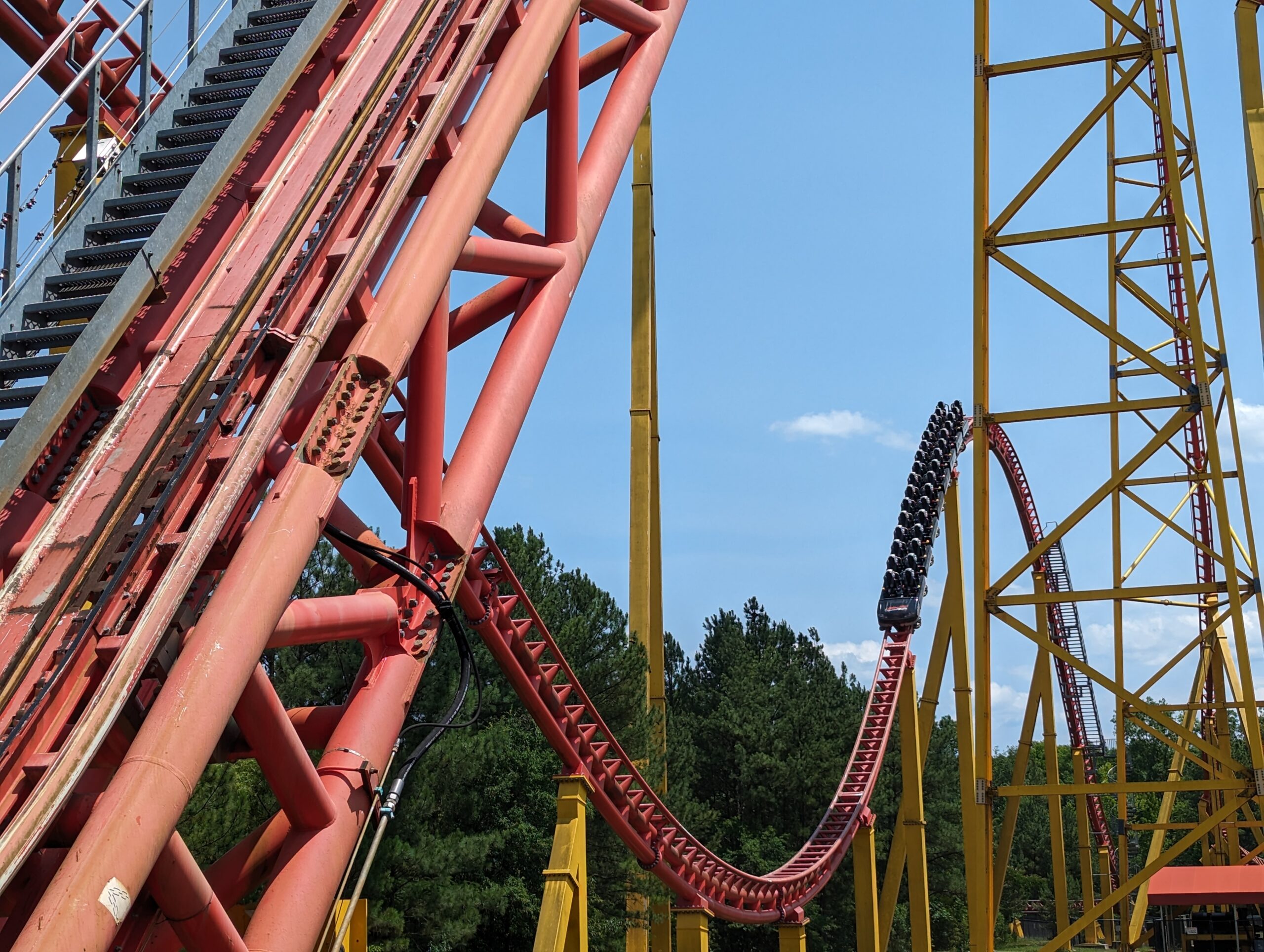
Intimidator 305 at Kings Dominion is infamous for its bone-crushingly strong positive Gs. Its first pullout after the drop is notorious for making people black out, even after being tamed down a bit from the original layout.
Weightlessness: When you quickly go down a hill, go over the crest of a hill, spin through a zero-g roll or reach the top of a loop, you get to experience the lack of forces acting on your body. For coasters, we call this airtime or floater airtime, and it’s the main focus for many coasters. At 0 g, you will feel totally weightless. Some very intense coasters go beyond 0 g and start pulling negative Gs, often called ejector airtime, where it feels like the train is trying to buck you out of your seat like a bronco.
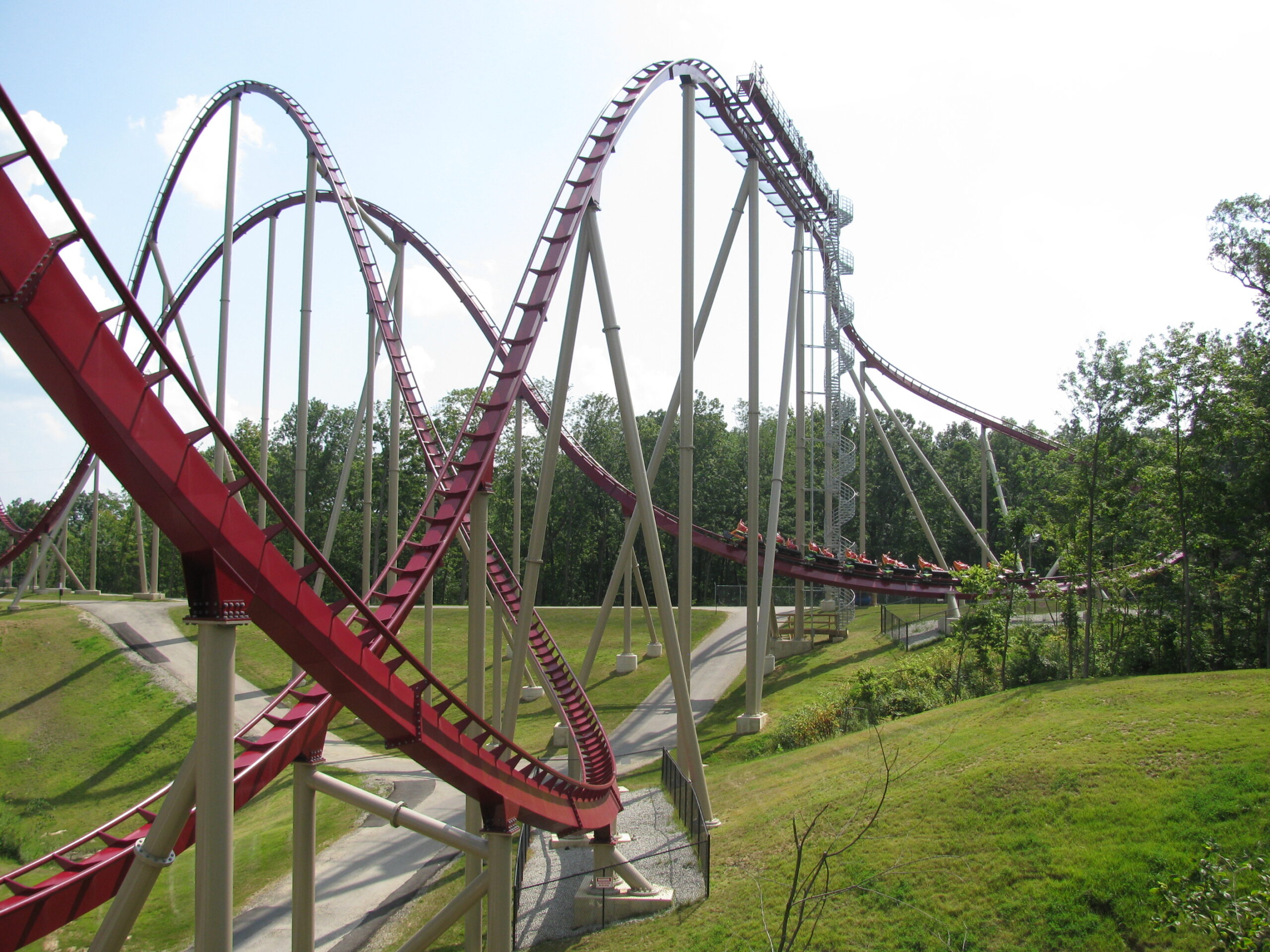
Diamondback at Kings Island is full of floater airtime.
Lateral Gs: When you whip around a turn and are slammed against your neighbor, you are experiencing lateral Gs. Most turns on a coaster are banked (tilted inwards) to split the forces between lateral and vertical Gs. Some coasters, like wild mouse coasters, focus on this type of force and will even avoid banking their turns intentionally
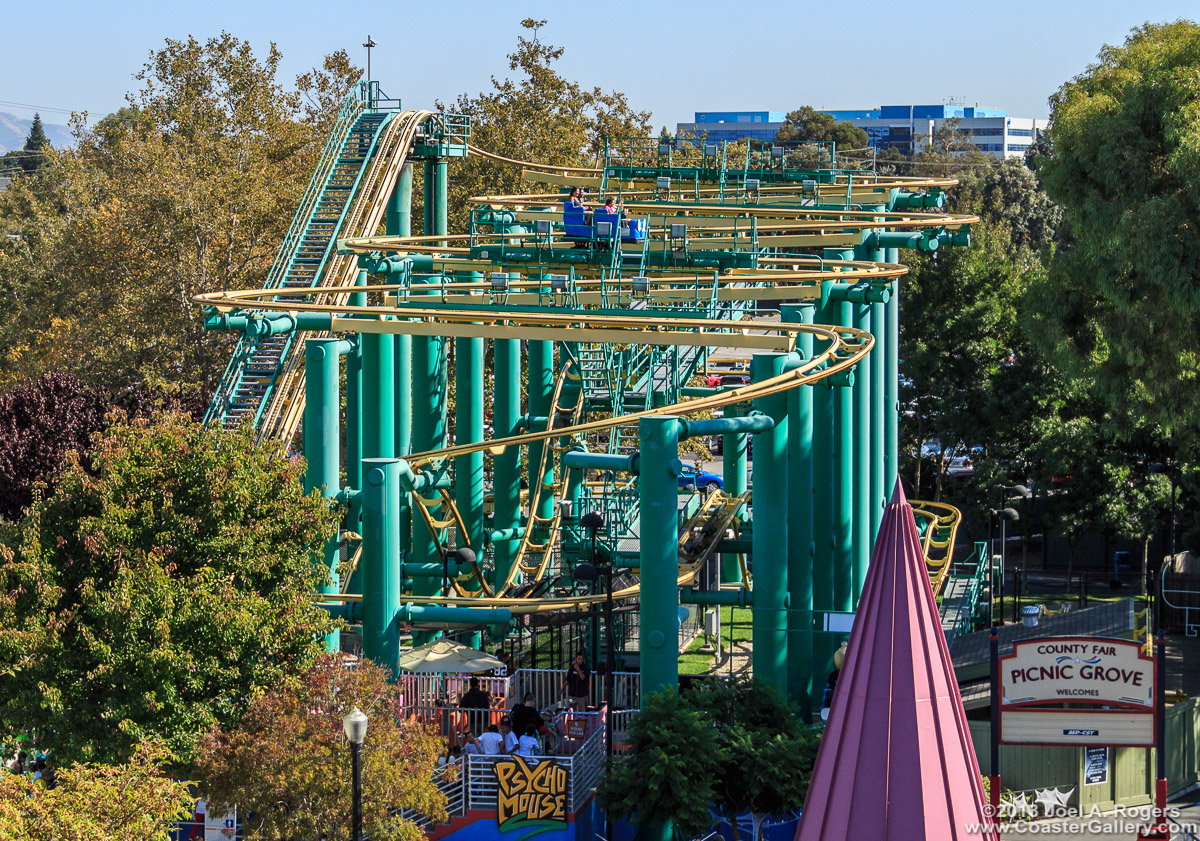
Psycho Mouse at California’s Great America features unbanked turns for extra lateral Gs.
Acceleration: Some coasters feature a launch that can pack some intense positive Gs. Do-Dodonpa was an insane launch coaster in Japan that holds the record for fastest acceleration on a coaster, going a whopping 0 to 111.8 mph in 1.56 seconds. That’s over 2 g’s of acceleration. The closest we have in the US is Maxx Force at Six Flags Great America, with 0 to 78 mph in 1.8 seconds, nearly half as fast. But Maxx Force is no slouch. The launch feels like getting whipped out of a catapult.
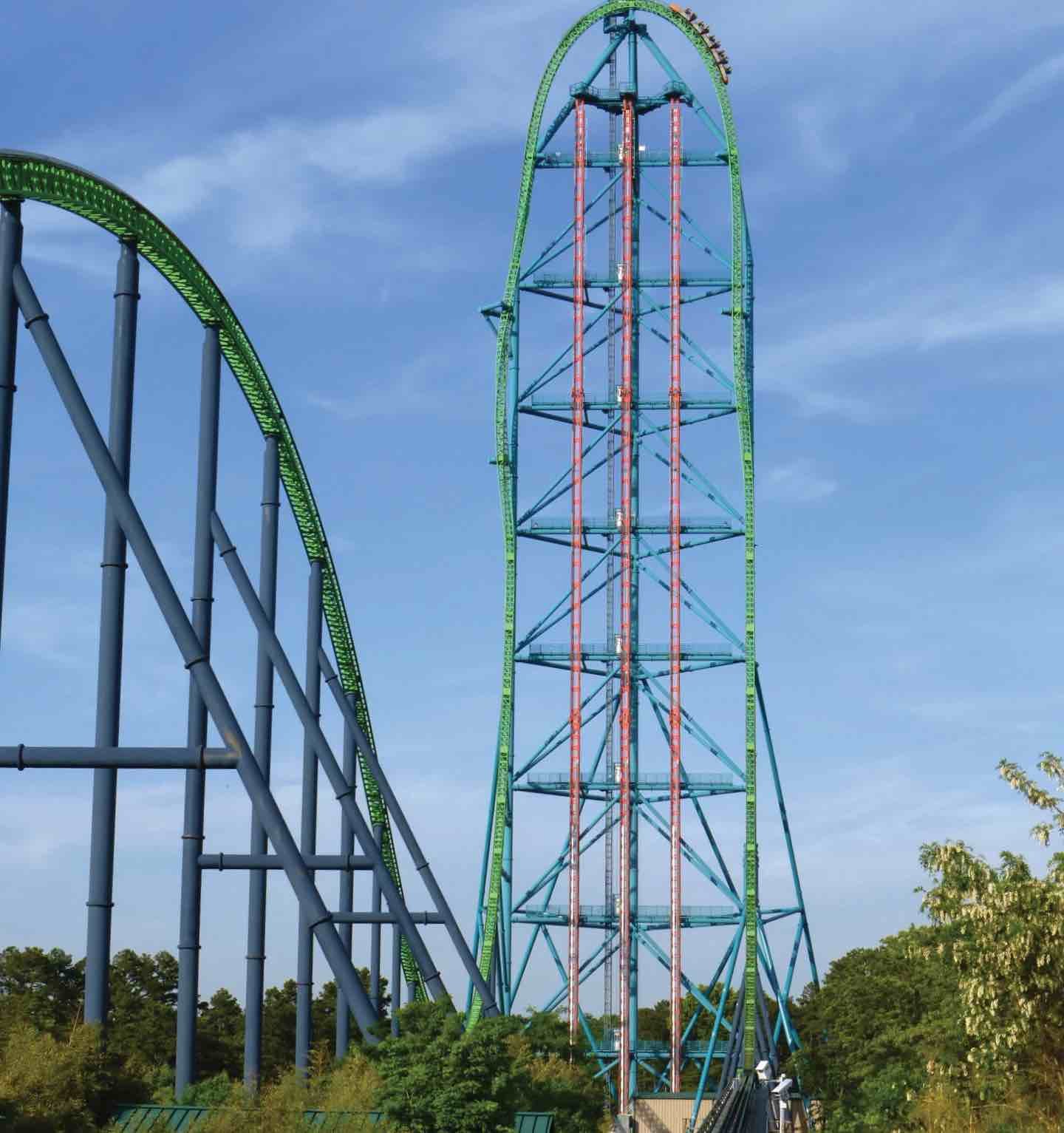
Kingda Ka at Six Flags Great Adventure, the tallest coaster in the world, launches riders at 128 mph to get over the massive 456 ft spike.
Theming: While some coasters have little to no theming, for others, it is the most important aspect of the ride, like the Seven Dwarfs Mine Train at Disney World. The coaster itself may not seem all that impressive if you just look at the stats and forces, but for many, it’s their favorite coaster because of the adventure each ride brings.
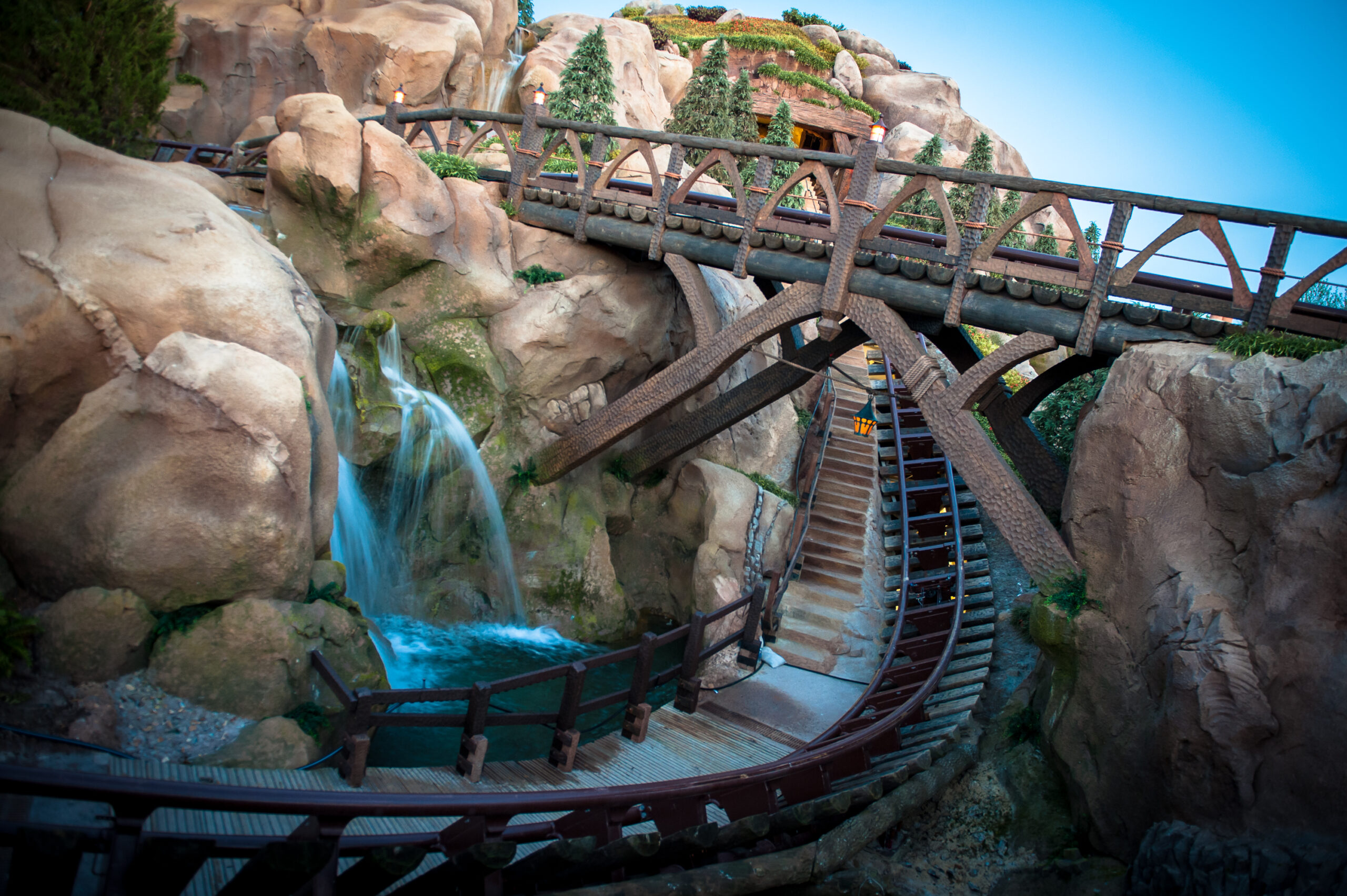
The Seven Dwarfs Mine Train at Disney World is all about the theming. It reportedly cost $200 million to build, the most expensive coaster ever built at the time.
Miscellaneous: Many coasters feature something unique that gives guests a special experience. For example, flying coasters tilt riders’ bodies into a flying position to make them feel like they are soaring; floorless and inverted coasters have little or nothing below your feet; spinning coasters are free to spin around while the trains navigate the track; dive coasters have a holding brake that stops you and lets you stare down the first drop; and racing coasters have you race against another train.
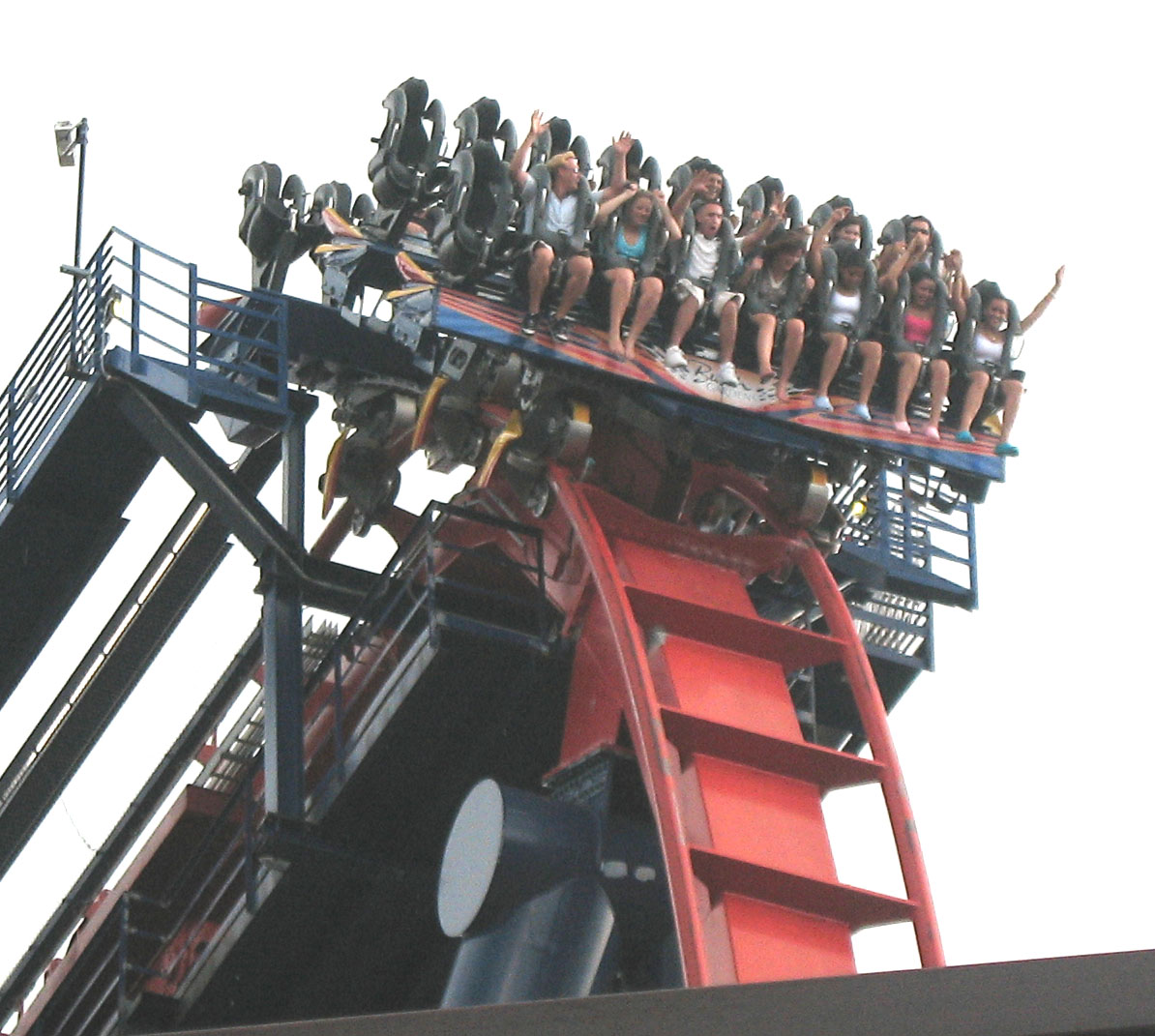
SheiKra at Busch Gardens Tampa holding riders so they can stare down the first drop
My personal favorite coaster is Steel Vengeance at Cedar Point. This conversion of an old wooden giant created a monster of a modern coaster. It claims to have the most airtime of any coaster, including lots of ejector airtime, and it features some amazing elements like an outward banked turn (instead of the usual inward banking), which rips you out of your seat.
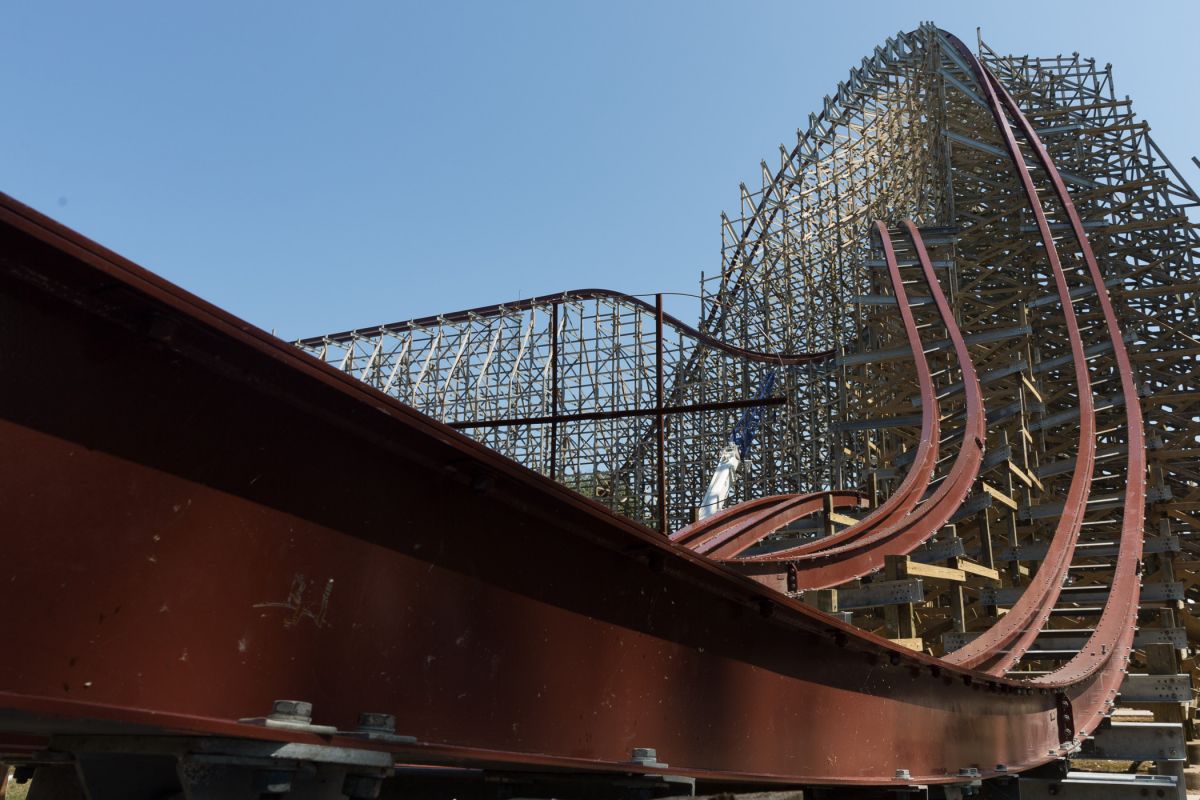
The outward banked turn (right) on Steel Vengeance at Cedar Point
Coasters are incredibly complex machines that continue to evolve and change. They are also incredibly safe despite their terrifying nature. Statistically, you are significantly more likely to be injured on your way to a park than you are while on one of the rides. If you’ve ever been in line for a ride when it ‘breaks down,’ you are likely seeing these safety features put into practice. Each coaster has numerous safety systems integrated into the design, and if any of them experience issues, it needs to be repaired before the coaster will run again.
Most coasters with more than one train feature a “block zone.” On roller coasters, a block zone is a section of the ride that only one train may occupy at a time. At the end of a block zone, there is a method to stop the train in case the block zone ahead is still occupied. This is the safety system that prevents roller coaster trains from colliding with one another.
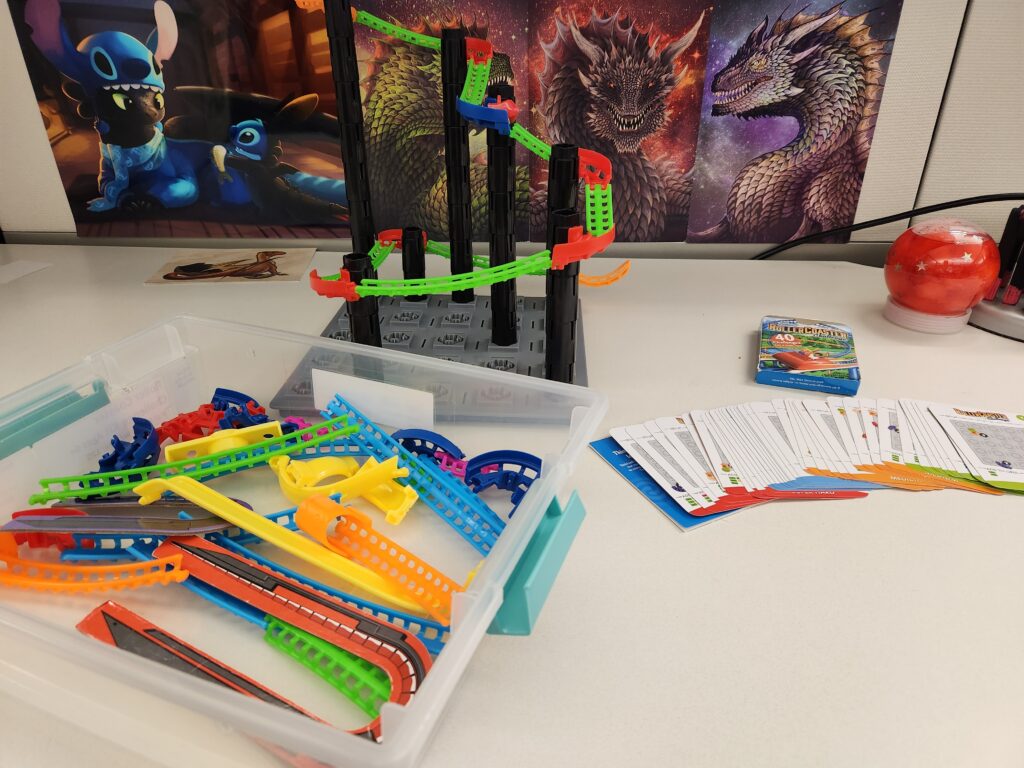
Do you feel the itch to ride some coasters but can’t make it to a park? Or maybe you aren’t tall enough to ride them yet. Scratch your itch here at Fountaindale with some of the numerous options we have available. For example, you can complete challenges and build your own coaster with our Roller Coaster challenge kit. Keep reading to find tons of books, games and movies featuring coasters and theme parks.
Books & More
Teen Fiction
Adult Fiction
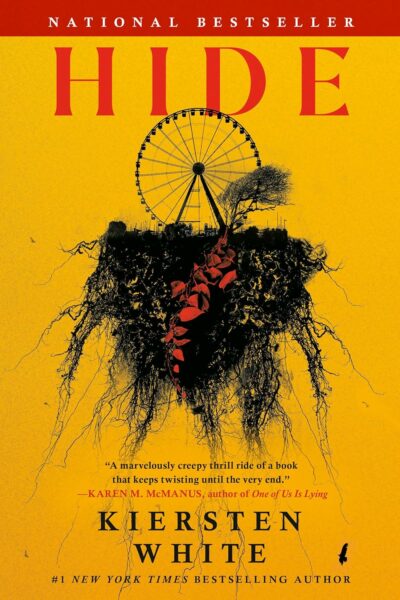
Hide by Kiersten White (Also a graphic novel)
Nonfiction for Kids & Adults
Movies & Games
Cookbooks & Park Guides
3D Models
If you want something more hands-on, you can learn to make your own coaster models in Studio 300!
Here are some files you can try:
Videos
Want to learn more about coasters on YouTube? Check out these videos:

